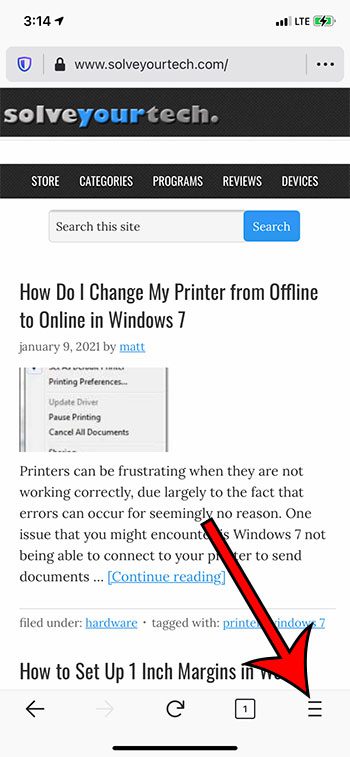
- #FIREFOX COOKIES LOCATION WINDOWS 7 HOW TO#
- #FIREFOX COOKIES LOCATION WINDOWS 7 PORTABLE#
- #FIREFOX COOKIES LOCATION WINDOWS 7 PASSWORD#
#FIREFOX COOKIES LOCATION WINDOWS 7 PASSWORD#
On an ending note, Firefox Password Remover proves to be an efficient application, one that beats the classic method where you’d have to tackle Firefox’s under the hood security settings in order to get the job done. The latter is more of a backup option that should be performed before proceeding with the deletion in case you’ll need the login info later. From here on out, you have two possibilities: delete the passwords and / or save them to an output file in a location of your choice. These are revealed almost instantly, without you having to exit the browser.

Cache2 is the new storage format for Mozilla Firefox, starting from in version 27. There are multiple Mozilla Firefox cache folder stored at this location. At this point, you may press the ‘Show Passwords’ button in order to retrieve the credentials stored inside Firefox. Cache Files Location in Windows 7: Local Disk C:\ Users\ Username\AppData\Local\Mozilla\Firefox\Profiles\fault. The main problem I am facing is that the folder that contains the cache is different from user to user.
#FIREFOX COOKIES LOCATION WINDOWS 7 HOW TO#
If the browser is encrypted with a master password, you should write it in the dedicated field, but if this is not the case, just leave it blank. How to Clear FireFox cache for multiple users with a command/script I am trying to create a batch file/ powershell script to delete users firefox cache. Click the menu button and select Settings. Click the menu button and select Options Preferences. C:UsersusernameAppDataRoamingMicrosoftWindowsCookies. You can access your Firefox Options Preferences Settings to manage cookies as follows: In the Menu bar at the top of the screen, click Firefox and select Preferences. To view the cookies folders once you can view hidden/protected files, you can simply navigate to: Windows 7.
#FIREFOX COOKIES LOCATION WINDOWS 7 PORTABLE#
On the other hand, if you’re using a portable version of Firefox, it won’t be able to identify it and as such, you’ll have to do the honors and tell it where to look for the passwords. Open Windows Explorer (Windows + E keys) Navigate to: Explorer > Organize > Folder and search Options > View > uncheck 'Hide protected OS files' and apply the setting. There are very little fields that require your intervention, seeing as it automatically detects the whereabouts of your Firefox profile. Your profile folder is within this folder.

Open the Application Support folder, then open the Firefox folder, and then the Profiles folder. A window will open containing your Library folder. The most appreciated advantage is that it can handle detecting and removing credentials even if the browser is protected by a master password, although in order to decrypt the information you have to specify it.įirefox Password Remover has a simple, yet colorful design, without bothering the eye. On the menu bar, click the Go menu, hold down the option or alt key and select Library. It was designed as an alternative to the traditional approach of deleting passwords in Firefox, which is more complicated and uncomfortable than the method offered by Firefox Password Remover. Firefox Password Remover is a lightweight, yet efficient application capable of identifying website login information from within Firefox, allowing you to remove the credentials, as well as to export them locally.


 0 kommentar(er)
0 kommentar(er)
